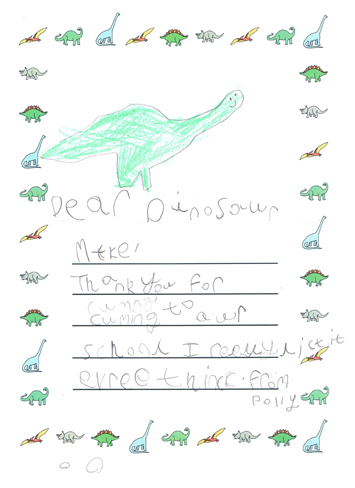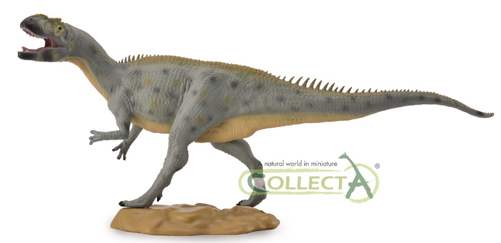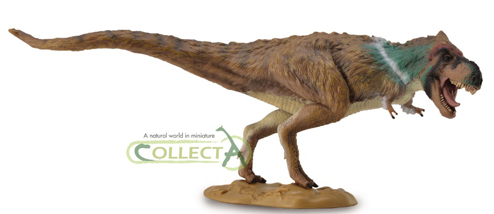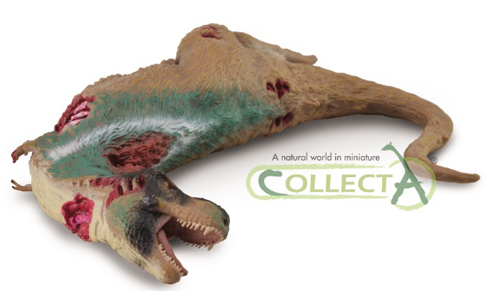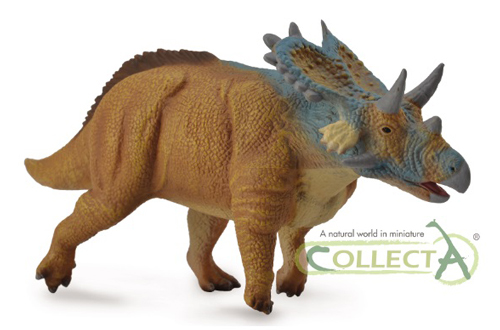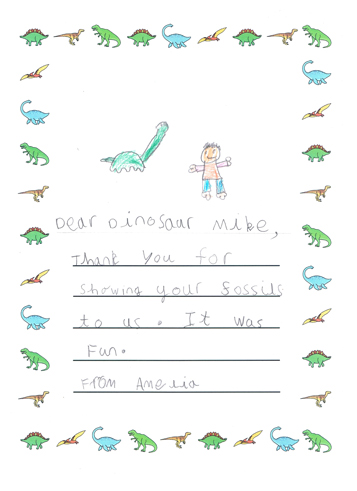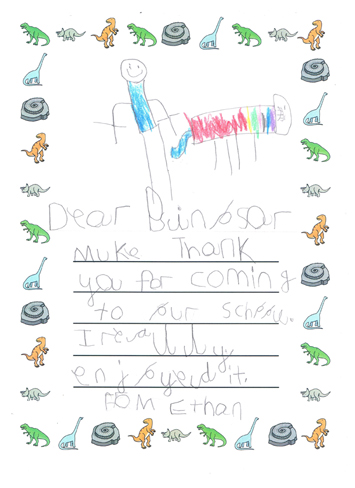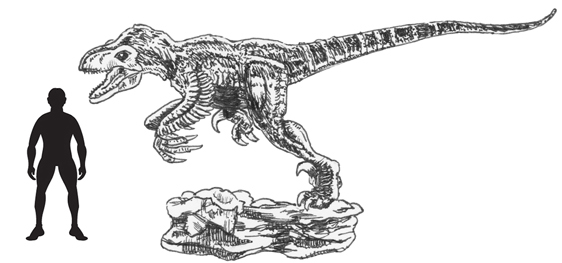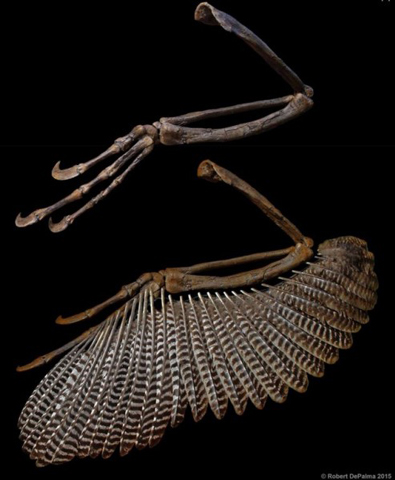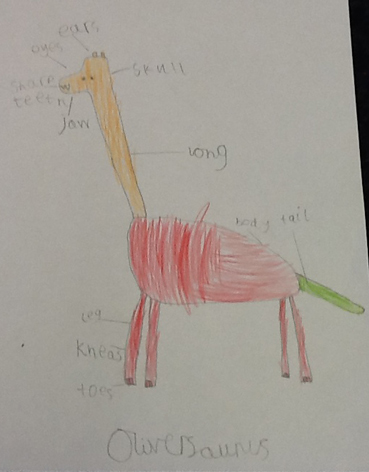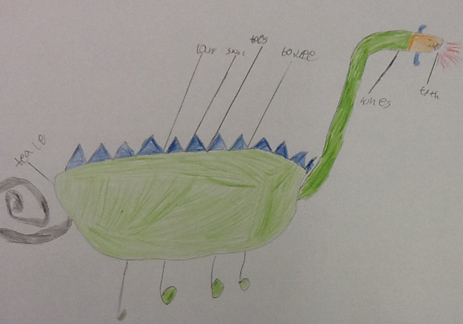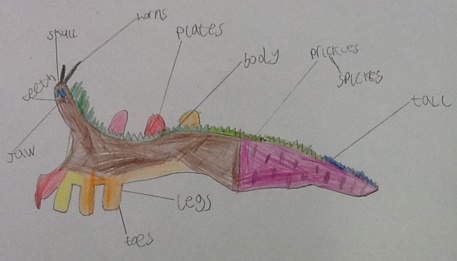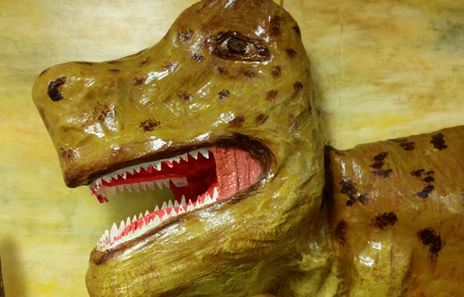Winwick CE Primary School Study Dinosaurs and Rare Fossils
Winwick CE Primary School Study Dinosaurs
Amongst all the correspondence in Everything Dinosaur’s mail bag this morning was a big, brown envelope full of colourful thank you letters from children at Winwick CE Primary School (Warrington, Cheshire). Everything Dinosaur had visited Reception and Year 1 last month as the children had been learning all about fossils and dinosaurs as part of their term topic. Our dinosaur expert (Dinosaur Mike), challenged the children to write a thank you letter to Everything Dinosaur, part of the extension resources that we had discussed with the teaching team earlier. We received some amazing and extremely colourful thank you letters from the children.
Colourful Thank You Letters
Polly Says Thank You After A Dinosaur Workshop
Picture credit: Winwick CE Primary School and Everything Dinosaur
Always Happy to Receive Letters
We are always happy to receive letters like these. We do all we can to encourage handwriting skills amongst Key Stage 1 and Key Stage 2 children. A visitor to the school provides an opportunity for the children to write a thank you letter and we loved reading the letters that Year 1 sent into us. In addition, the wonderful drawings were a bonus, we enjoyed looking at the very colourful prehistoric animals.
To see the vast selection of prehistoric animal models available from Everything Dinosaur: Prehistoric Animal Models and Dinosaurs.
A Thank You Letter from Harry (Year 1)
Picture credit: Winwick CE Primary School and Everything Dinosaur
Dinosaur Workshop
Whilst conducting a dinosaur workshop we like to encourage the Year 1 children to send thank you letters to Everything Dinosaur. We discussed a number of extension ideas and activities with the teaching team. Team members emailed over extra resources and support materials to assist the teaching team after our visit. The children really enjoyed the very tactile fossil handling session. It looks like the class has a number of palaeoartists in residence too.
To learn more about Everything Dinosaur’s outreach work: Contact Everything Dinosaur.
Our dinosaur workshops are very popular with Key Stage 1 children. It is always a pleasure to meet such an enthusiastic group of young dinosaur fans and to help them with their studies.


